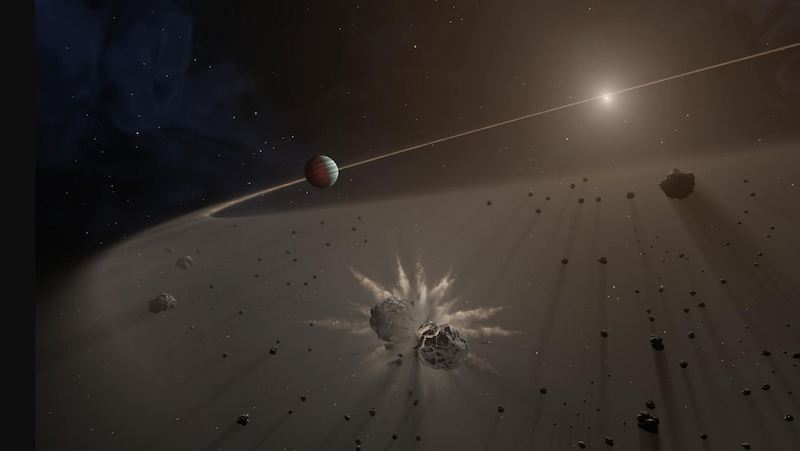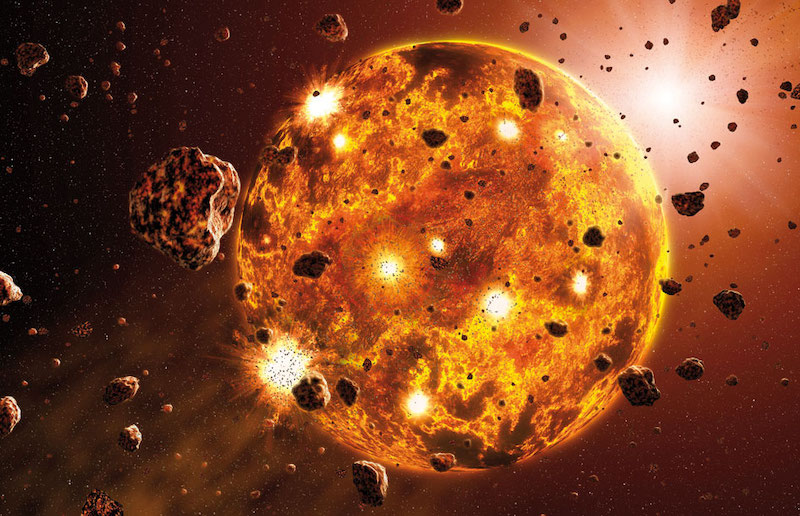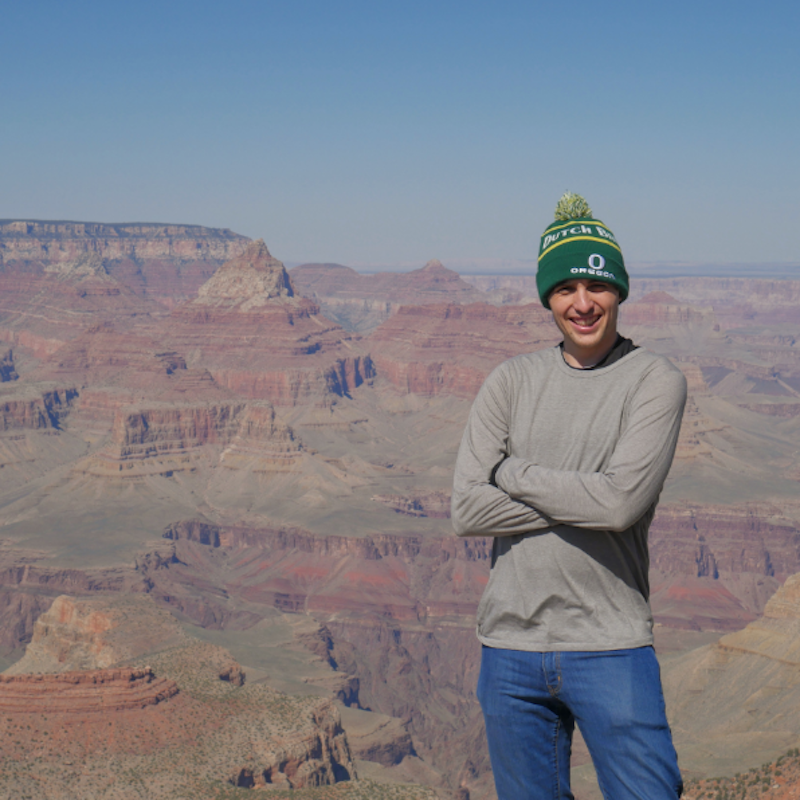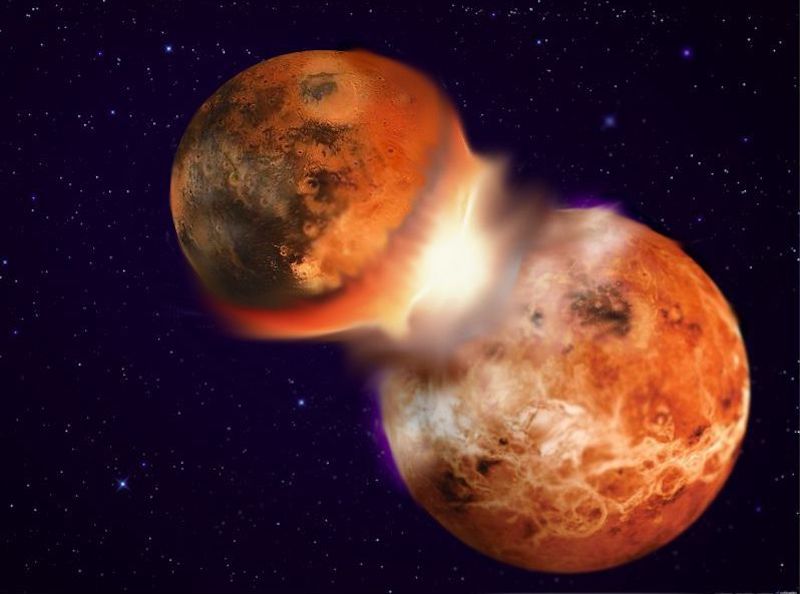
The case of the missing impact debris
Billions of years ago, the early solar system was a chaotic and violent place. Solid objects called planetesimals had condensed from the primordial cloud that gave birth to our solar system. And the planetesimals frequently collided, and at times stuck together. The process formed larger and larger objects, leading to bigger and bigger collisions. Over eons of time, this process built the major planets, like Earth. So, today, we’d expect to glimpse some of the debris from these early planet-forming collisions. We’d expect to find it orbiting our sun, in the asteroid belt in particular. But why don’t we? New computer simulations by Arizona astronomers offer a solution to the missing impact debris problem. They suggest that, instead of creating rocky debris, large collisions in the early solar system caused solid rocky bodies to vaporize into gas. And, the astronomers said:
Unlike solid and molten debris, this gas more easily escapes the solar system, leaving little trace of these planet-smashing events.
The researchers published their peer-reviewed results in Astrophysical Journal Letters on July 13, 2021.

Simulating the early solar system
Travis Gabriel and Harrison Allen-Sutter, both at Arizona State University, led the new research. While previous studies by other scientists mostly focused on the effects of these early impacts, these scientists took a different approach. As Allen-Sutter explained:
Most researchers focus on the direct effects of impacts, but the nature of the debris has been underexplored.
And Gabriel added:
It has long since been understood that numerous large collisions are required to form Mercury, Venus, Earth, the moon and perhaps Mars. But the tremendous amount of impact debris expected from this process is not observed in the asteroid belt, so it has always been a paradoxical situation.
Scientists refer to the mystery of the apparently missing impact debris as the Missing Mantle Paradox (mantle, in this case, doesn’t refer to Earth’s mantle). Or they call it the Great Dunite Shortage. Dunite is a kind of rock, consisting largely of olivine, and it’s olivine that’s at the heart of this mystery. Read more about the role of olivine here.

Formation of the moon
The results also have implications for the formation of Earth’s own moon. According to current understanding, the moon was formed from a collision between a Mars-sized body and the early Earth. That collision also released debris into the solar system. According to Gabriel:
After forming from debris bound to the Earth, the moon would have also been bombarded by the ejected material that orbits the sun over the first hundred million years or so of the moon’s existence. If this debris was solid, it could compromise or strongly influence the moon’s early formation, especially if the collision was violent.
If the material was in gas form, however, the debris may not have influenced the early moon at all.

Impact debris around other stars
Also, since our solar system is thought to have formed in a similar way to planetary systems around other stars, the study results could provide clues about impact debris elsewhere. Gabriel commented on this, saying:
There is growing evidence that certain telescope observations may have directly imaged giant impact debris around other stars. Since we cannot go back in time to observe the collisions in our solar system, these astrophysical observations of other worlds are a natural laboratory for us to test and explore our theory.
In 2019, astronomers also found evidence of a planetary collision in a solar system 300 light-years away. That impact is estimated to have occurred sometime within only the past 1,000 years, showing that such events still happen, even between planets.
It would seem then that the mystery of the missing impact debris may have been solved. As science marches on – and if the new simulations hold solid – they will provide valuable clues about how our solar system formed billions of years ago. And they’ll also offer a glimpse into planet-forming processes in other solar systems.
Bottom line: A new study of rocky collisions in the early solar system suggests that most of the resulting debris was vaporized into gas, which escaped the solar system. The results help explain the mystery of why traces of this impact debris are now missing.
Source: Dependencies of Mantle Shock Heating in Pairwise Accretion
"impact" - Google News
September 14, 2021 at 07:04PM
https://ift.tt/3Ee9Art
Missing impact debris mystery solved? - EarthSky
"impact" - Google News
https://ift.tt/2RIFll8
Shoes Man Tutorial
Pos News Update
Meme Update
Korean Entertainment News
Japan News Update
Bagikan Berita Ini














0 Response to "Missing impact debris mystery solved? - EarthSky"
Post a Comment